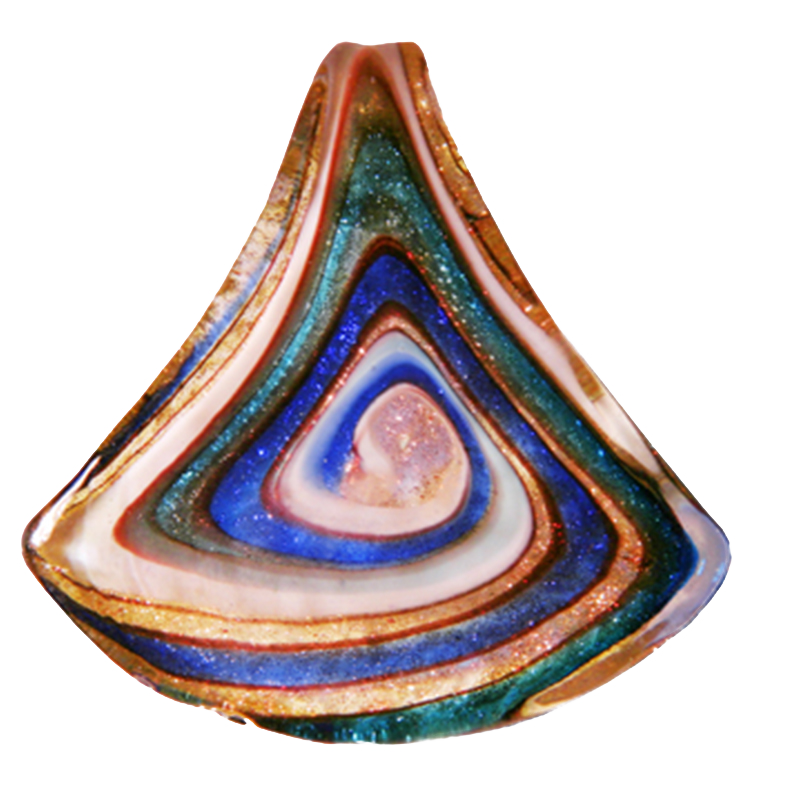Alcohol and Substance Abuse/Dependence/Abstinence
While acupuncture is widely used, studied, accepted, and integrated within Western medicine for its analgesic effects, it was only in the early 1970s that evidence was presented that it could relieve symptoms of opiate withdrawal in addicts (Wen & Cheung, 1973). Extensive and up-to-date reviews of acupuncture for the treatment of drug addiction (Cui, Wu, & Li, 2013; Cui, Wu, & Luo, 2008) have shown that different forms of acupuncture (manual acupuncture, transcutaneous electrical stimulation of defined acupoints (e.g.: HANS), and ear acupuncture (e.g.: NADA) each have specific advantages in addiction treatment. Many studies support the use of NADA in the treatment of cocaine addiction, while manual acupuncture and HANS have mostly been shown to exert positive effects in opiate addicts and in withdrawal (J. Han & Wang, 1992; J. Wu, Cui, & Han, 2001; L. Z. Wu, Cui, & Han, 1996, 1999). Animal studies have shown that the effects of acupuncture are attributable to the stimulated production of the brain’s own opioid peptides (enkephalins, endorphins, dynorphins [Wen & Ho, 1982)]) and a specific neurotrophic factor (BDNF) (Chu et al., 2008; Chu et al., 2007) in specific regions of the brain such as the ventral tegmental area and the amygdala, which are all important components in the relief of withdrawal symptoms and cravings (Markou et al., 1993; Wang, Luo, Xia, & Han, 2000). There are also encouraging observations about the positive effects of acupuncture treatment in human addicts (J. S. Han, Trachtenberg, & Lowinson, 2005; J. S. Han, Wu, & Cui, 2003; Sun, Ye, & Qin, 2001; Wang, Zhang, Ge, Luo, & Han, 2003). In a recent qualitative study patients of an addiction outpatient clinic who received acupuncture (NADA) during protected withdrawal experienced only positive effects, such as feelings of relaxation, wellbeing, peacefulness, and harmony (Bergdahl, Berman, & Haglund, 2014).
These effects of ear acupuncture on addiction were also described in a Swedish prison psychiatric unit (Berman & Lundberg, 2002). Most important, many of the patients who received acupuncture treatment complementary to their usual treatment stated that acupuncture helped them to resist using alcohol and drugs and ameliorated their abstinence symptoms (Bergdahl et al., 2014). In a clinical trial, alcoholics who were given acupuncture also claimed significantly more reduction in their alcohol cravings than control groups (Kim et al., 2005).
High quality randomized clinical trials (RCTs) investigating the effects of acupuncture in the treatment of alcohol addiction are still too rare to allow evidenced-based conclusions to be drawn (S. H. Cho & Whang, 2009; White, 2013), but animal studies provide strong evidence of the positive effects of manual acupuncture on alcohol dependence through normalizing dopamine release in the nucleus accumbens (Lee et al., 2008; Yoon et al., 2004; R. J. Zhao et al., 2006) and on alcohol withdrawal coupled with anxiety and stress (Z. Zhao et al., 2014; Z. L. Zhao et al., 2011)
The major putative advantages of the use of acupuncture in addiction care are its effectiveness, inexpensiveness, ease of administration, and lack of side effects (Brumbaugh, 1993).
